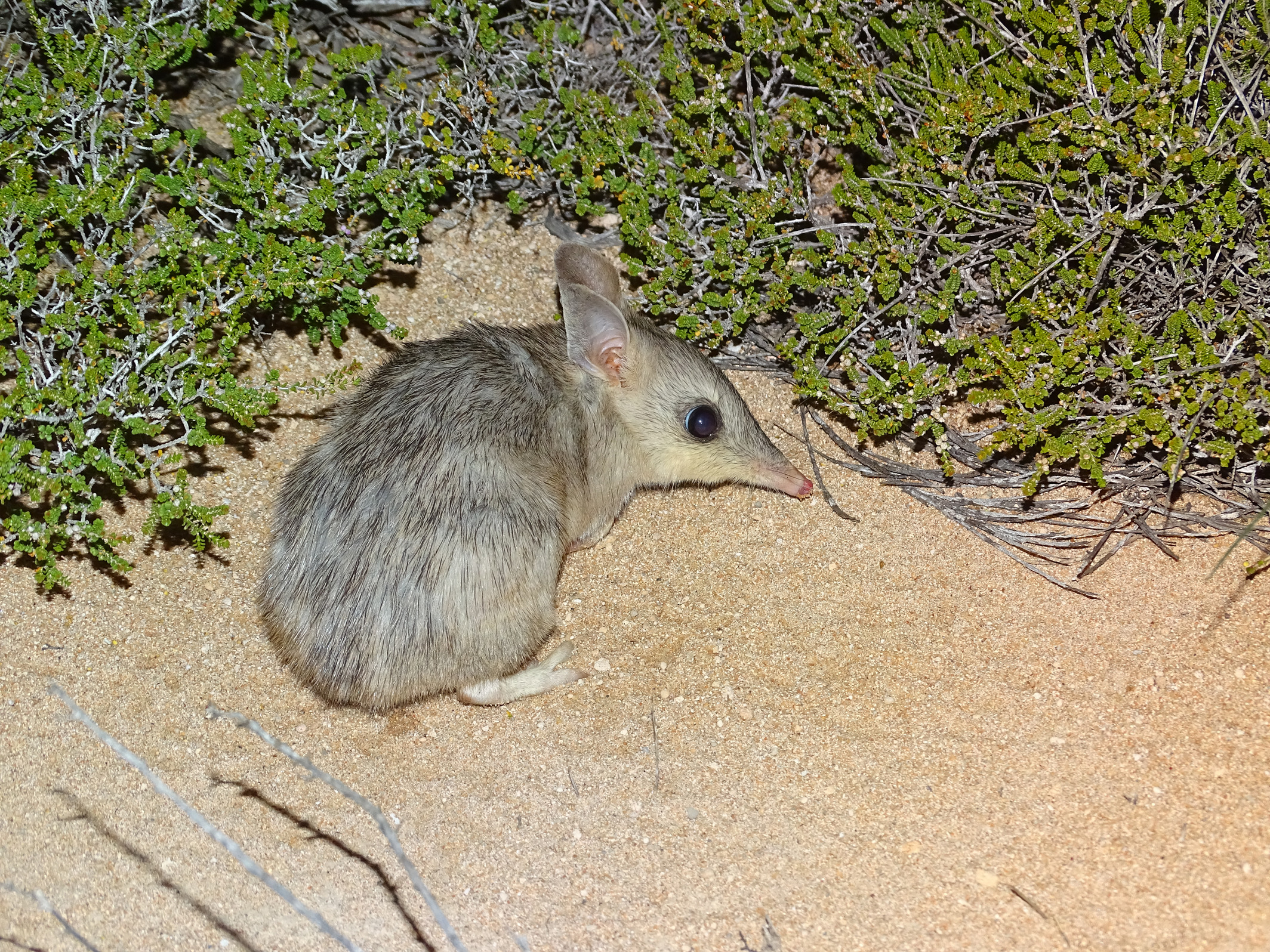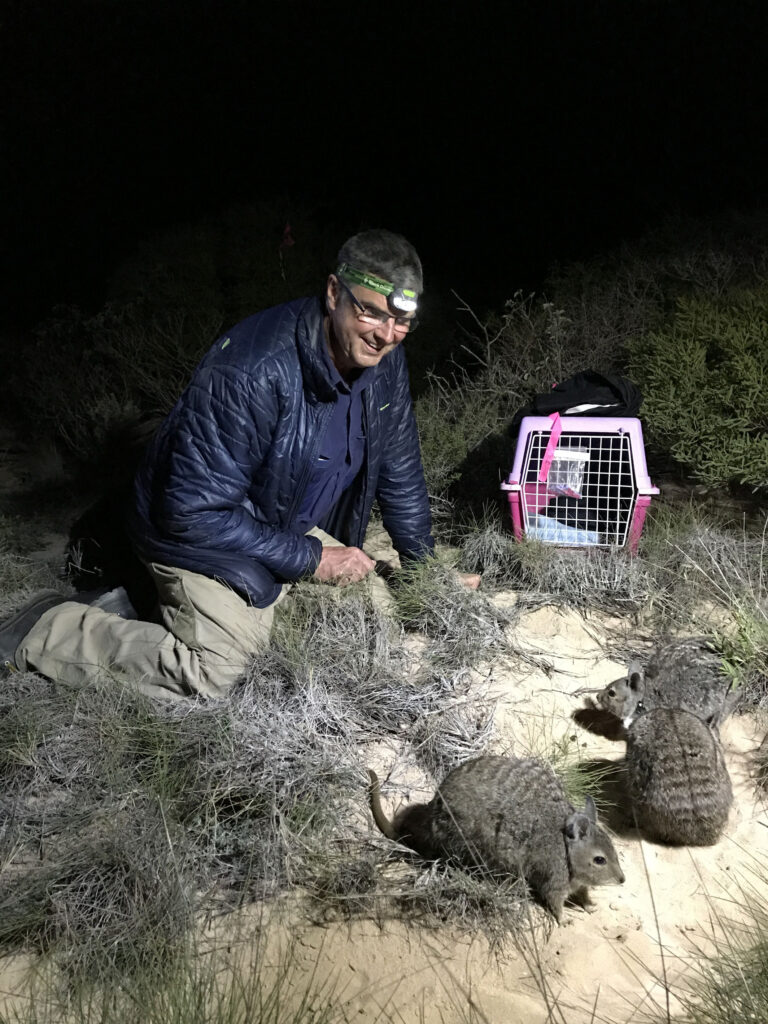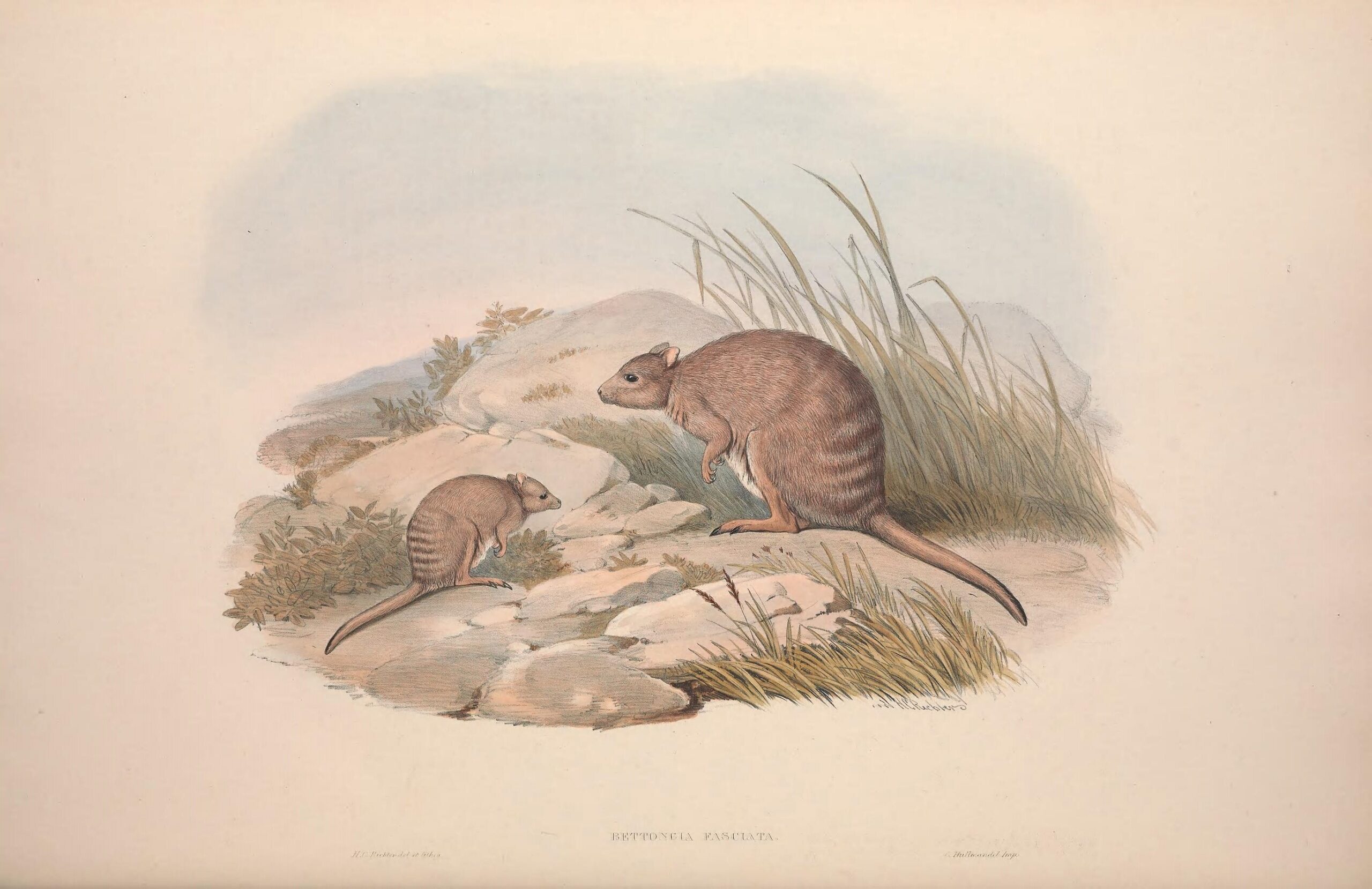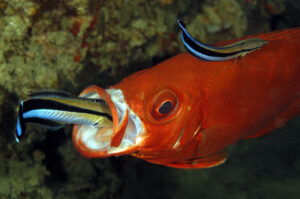Wirruwana, whose colonial name is Dirk Hartog Island, is Western Australia’s largest island. Back in 1616, it was the first landing point for Europeans in WA.
In the early years, the island housed a whaling and pearling port, dealt in guano mining (bird poo actually used to be valuable) and had sheep pastures.
Eventually, Europeans brought goats to the island to provide milk and meat for the lighthouse keepers. When the lighthouse was automated in 1917, the keepers released the goats and sheep. Free to forage, they soon overwhelmed the island.
While the goats and sheep destroyed native vegetation, wild cats decimated native marsupials. These marsupials had no natural predators. Without food and shelter, 10 of the 13 native mammal species were wiped out.

Gone but not forgoaten
In 2009, Wirruwana became a national park and efforts to return extinct species to the island began.
While the goats and sheep destroyed native vegetation, wild cats decimated native marsupials. These marsupials had no natural predators. Without food and shelter, 10 of the 13 native mammal species were wiped out.
At the time, the island was overrun with more than 400 wild cats, 5000 sheep and 11,000 goats. To reduce their domination, the animals were sold or culled. Once the invasive species were under control, researchers started reintroducing native species.
Saul Cowen is a research scientist with the WA Department of Biodiversity, Conservation and Attractions. He led the team to reintroduce native species to Wirruwana and says it involved two world firsts.
“The eradication of feral cats was the largest ever achieved in the world,” says Saul. “The removal of goats was the largest whole-of-island eradication.”
Wrangling wallabies
The banded hare-wallaby and rufous hare-wallaby were the first species to be reintroduced. There was no fossil evidence to suggest they lived on the island before colonisation. However, due to the history of the Malgana people and the wallabies’ presence on nearby islands, Saul’s team thought it was a reasonable assumption to make.

Saul says they’re still learning about the ecological role of the two hare-wallaby species.
“But we know that rufous hare-wallabies are grazers and banded hare-wallabies are browsers,” says Saul. “They also seem to prefer quite different habitats. The rufous are found in open grassland habitats, while the bandeds prefer taller, thicker scrub.”
The team captured wild wallabies where possible and relocated them to Wirruwana. This ensured the species’ genetic diversity and that the animals had the necessary survival skills.
Saul expects the hare-wallabies to bring benefits to the island.
“They will maintain plant communities and contribute to the nutrient cycle through their droppings,” says Saul. “We also want to know how much of their diet consists of weeds and whether they may play a role in controlling them.”
Back in the game
So far, the project has been a big success. By 2019, there were only two known wallaby deaths on the island. A vehicle accidentally hit one, while the other suffered from post-capture myopathy – a common capture-related disease.
The team released 112 rufous and 102 banded hare-wallabies on the island, and the numbers continue to grow as they successfully breed.
Saul says they take every effort to minimise the stress associated with translocations.
“Many animals, including hare-wallabies, can be quite vulnerable to stress, and it’s really important that we manage this as much as possible,” says Saul.
“The key things are to remain quiet and calm when we’re around the animals. We keep them in cool, dark, quiet environments when they’re transported or held before release. We found that time in transit is a big stress factor. We’ve tried to reduce this by using faster modes of transport such as helicopters.”
The reintroduction of the wallabies was part of the Dirk Hartog Island: Return to 1616 project. The project will continue to reintroduce and monitor other species until 2030.
Shark Bay bandicoots and dibblers are currently being reintroduced in small numbers to prepare for a full-scale reintroduction. The project consults and partners with the native title holders, the Malgana Aboriginal Corporation. It’s funded by the Gorgon Barrow Island Net Conservation Benefits Fund.









